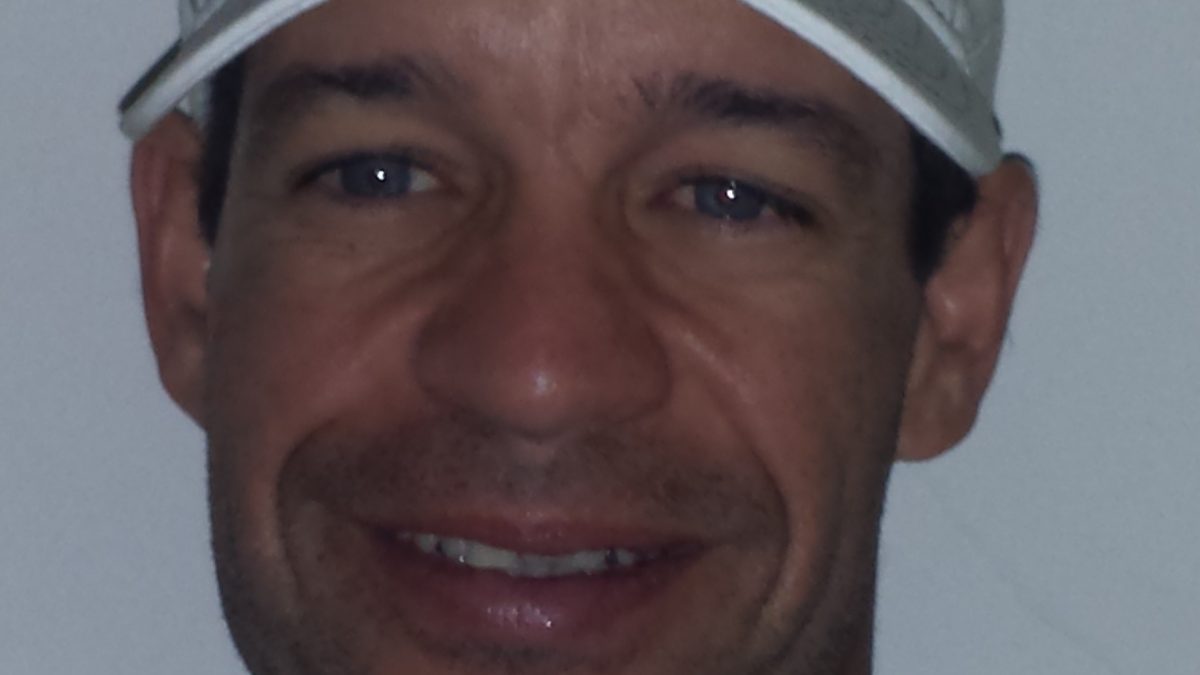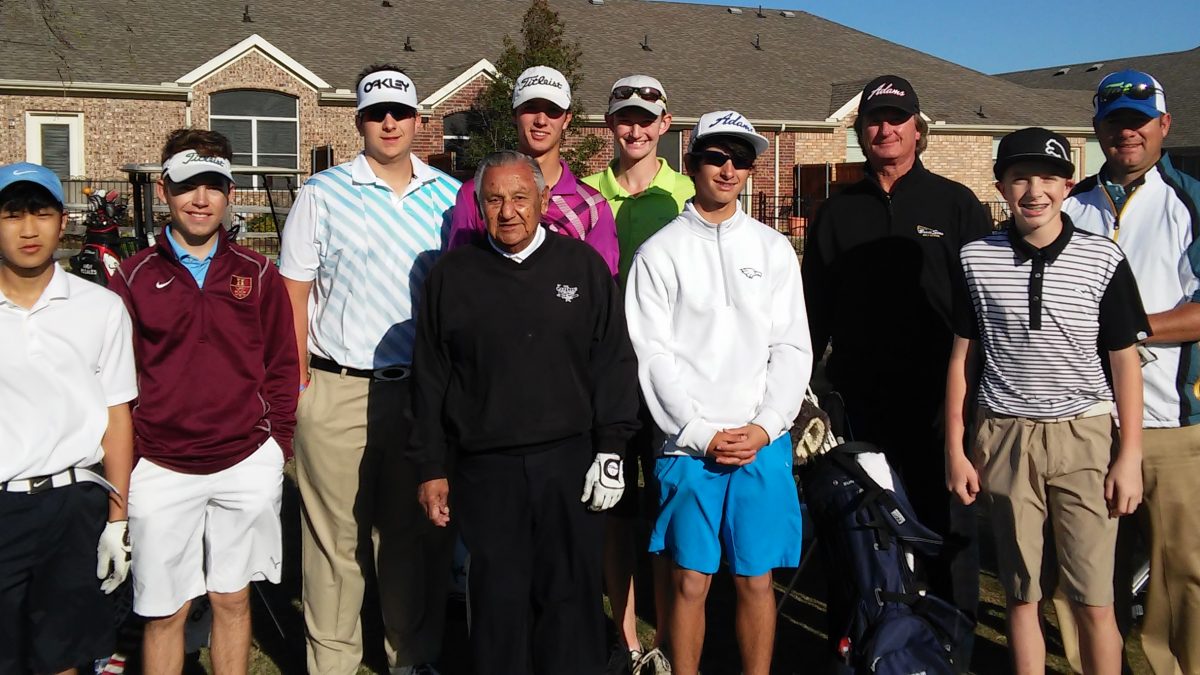Blog
Regional Action: SW Champion Crowned, Upcoming Schedule
US, World Cup Entry Information Update
Yonex Signs On With USGTF
REGIONAL EVENTS
NEW IDEAS FOR THE TEACHING PROFESSIONAL
So You Want To Play On The PGA Tour – Evaluate
SEEING THE FOREST FOR THE TREES
The Mental Game: Positive Imagery
By: Gregg Steinberg, WGCA contributing writer
Brandt Snedeker’s positive vibes at Pebble Beach helped him to victory. He won the AT&T Pebble Beach National Pro-Am for the second time in three years, shooting 67 on a very difficult Pebble Beach course.
While Brandt has reworked his swing under Butch Harmon, I believe another important influence to his great play on Sunday was the positive imagery he had from his previous win at Pebble Beach. That winning image — or what I call a “golden nugget” — gave Brandt a needed bolt of confidence, which helped him to perform his best under pressure and achieve victory.
Recalling successful experiences is paramount to developing a strong mental game and mastering your emotions. Golfers who can replay key successful moments in vivid detail have an enormous advantage over those who lack that skill. As with Snedeker, numerous situations have happened on the golf course when you performed brilliantly. Here are some strategies to fill your mind with golden nuggets:
1. Develop a golden victory log. Sometimes, our memories can fade or be suspect. Do more than just keep these golden nuggets locked in your mind. Keep them in a victory log. When you have a great day on the course, record what happened in that journal. Also, record the time and date, as well as how you felt. Every so often, refer back to your victory log to keep your greatness fresh in your mind.
2. Collect golden photos. Allow technology to build your mental game. With your iPhone, take a photo of the course where you had that wonderful round. Even better, have a friend take a picture of you standing proudly on the 18th green with your scorecard. Keep this photo handy, and refer back to it before you go play.
Like Snedeker, deposit golden nuggets into your memory bank so that you can make key withdrawals when necessary. In that way, you will be rich in mental and emotional toughness.
By Dr. Gregg Steinberg USGTF Sports Psychologist & Contributing Writer
(Dr. Gregg Steinberg is a regular guest on “Talk of the Tour.” He is a tenured professor of sports psychology and has been the mental game coach for many tour players. Dr. Steinberg is the author of the bestselling golf psychology book MentalRules for Teaching Golf, and you can get your copy from the USGTF Pro Shop . If you have any mental game questions, he would love to hear them at mentalrules24@msn.com.)




